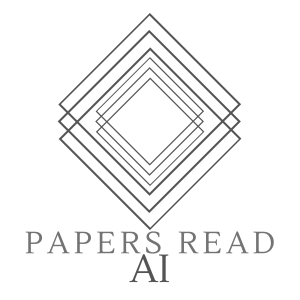

While dense retrieval has been shown to be effective and efficient across tasks and languages, it remains difficult to create effective fully zero-shot dense retrieval systems when no relevance labels are available. In this paper, we recognize the difficulty of zero-shot learning and encoding relevance. Instead, we propose to pivot through Hypothetical Document Embeddings (HyDE). Given a query, HyDE first zero-shot prompts an instruction-following language model (e.g., InstructGPT) to generate a...
While dense retrieval has been shown to be effective and efficient across tasks and languages, it remains difficult to create effective fully zero-shot dense retrieval systems when no relevance labels are available. In this paper, we recognize the difficulty of zero-shot learning and encoding relevance. Instead, we propose to pivot through Hypothetical Document Embeddings (HyDE). Given a query, HyDE first zero-shot prompts an instruction-following language model (e.g., InstructGPT) to generate a hypothetical document. The document captures relevance patterns but is “fake” and may contain hallucinations. Then, an unsupervised contrastively learned encoder (e.g., Contriever) encodes the document into an embedding vector. This vector identifies a neighborhood in the corpus embedding space, from which similar real documents are retrieved based on vector similarity. This second step grounds the generated document to the actual corpus, with the encoder’s dense bottleneck filtering out the hallucinations. Our experiments show that HyDE significantly outperforms the state-of-the-art unsupervised dense retriever Contriever and shows strong performance comparable to fine-tuned retrievers across various tasks (e.g. web search, QA, fact verification) and in non-English languages (e.g., sw, ko, ja, bn).
2022: Luyu Gao, Xueguang Ma, Jimmy J. Lin, Jamie Callan
https://arxiv.org/pdf/2212.10496.pdf
View more
2022: Luyu Gao, Xueguang Ma, Jimmy J. Lin, Jamie Callan
https://arxiv.org/pdf/2212.10496.pdf
Comments (3)
More Episodes
All Episodes>>Create Your Podcast In Minutes
- Full-featured podcast site
- Unlimited storage and bandwidth
- Comprehensive podcast stats
- Distribute to Apple Podcasts, Spotify, and more
- Make money with your podcast
It is Free












